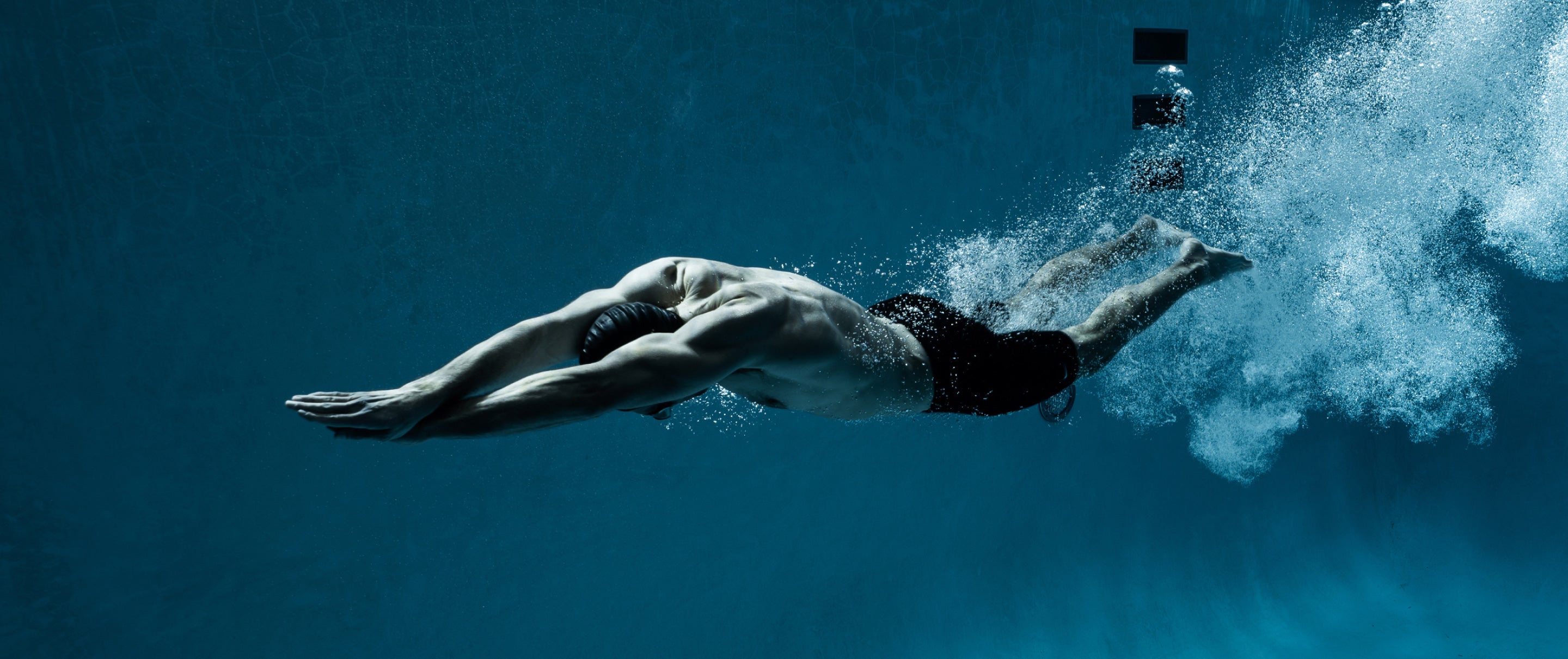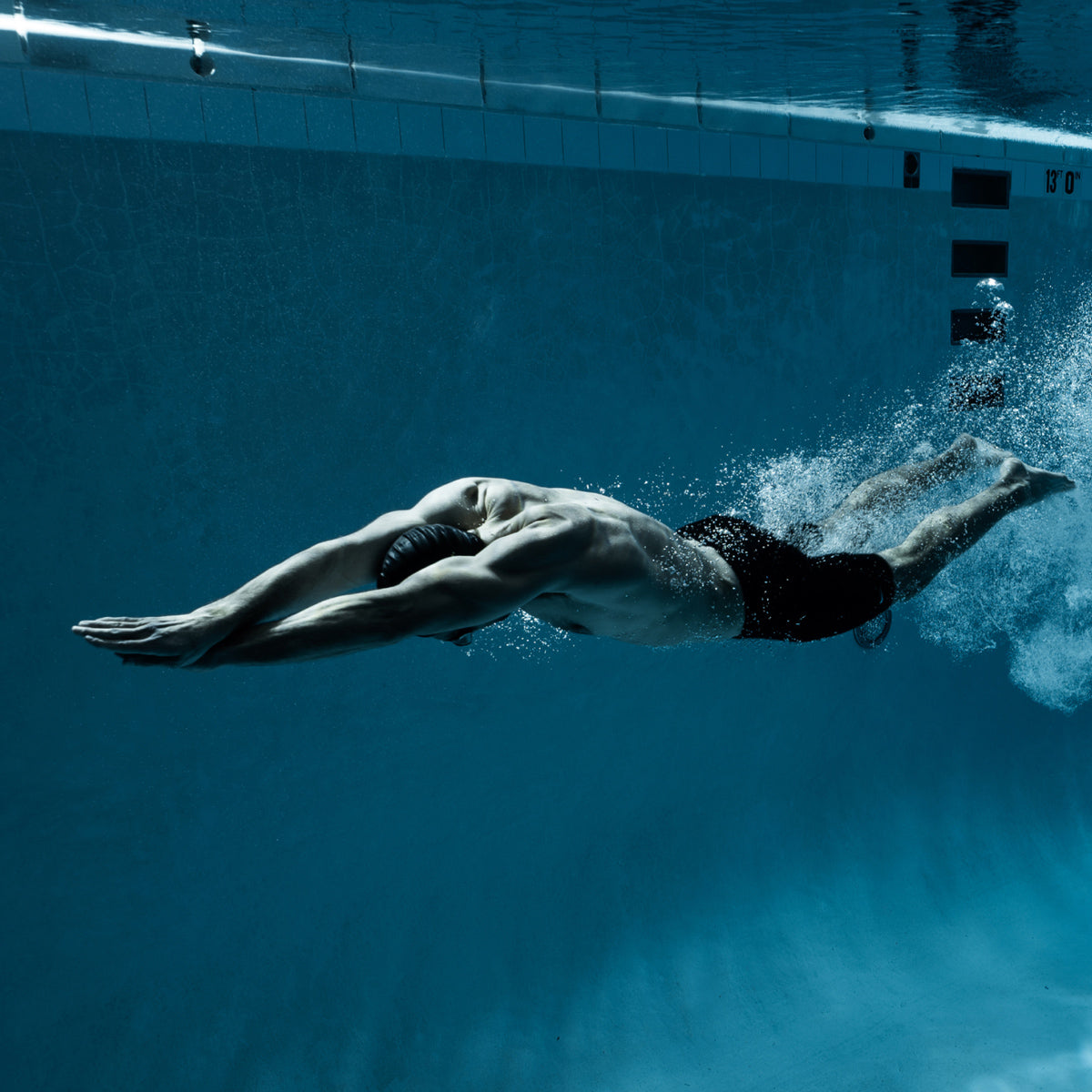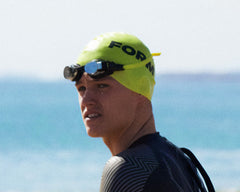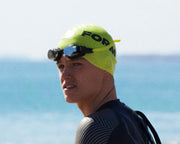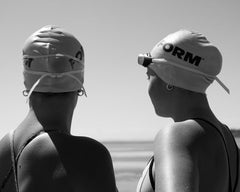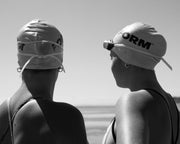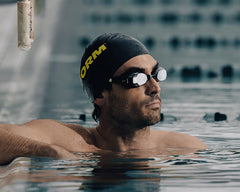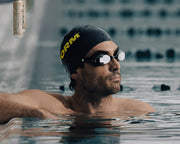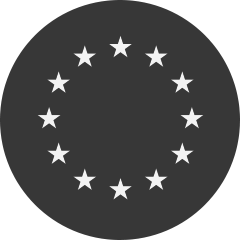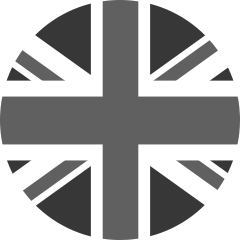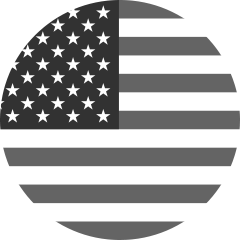Off-Season Swim Training for Triathletes: Build a Stronger Foundation with FORM Goggles
After months of focused training, taking a break after a big race is essential for your body and mind. But as your season winds down, you might already be thinking about how you can improve ahead of next year's races and goals.
Whether you're feeling motivated to build on your achievements, or eager to fix what perhaps didn't go so well, the off-season is the perfect opportunity to lay the groundwork for an even better race season ahead.
Here we’ll explore how you can focus your training, track your progress and refine your technique during the off-season using FORM goggles.
1. Reflect on Your Race and Season
The first step to improving is to reflect on your performance during the season. After the excitement fades, take time to objectively assess what went well and what could be improved. This reflection will help you identify what to focus on in your upcoming training.
Here are some key aspects of your swimming to consider:
- Pacing: Were you able to maintain a consistent pace throughout the swim?
- Technique: Did you hold good form even when you started to fatigue?
- Race Environment: Were you comfortable during the race, whether it was in a pool, lake, river, or ocean?
- Transitions: How smooth was your transition from the water to your bike?
-
Energy: Did you still feel fresh, or did you need to recover at the start of the bike?
Reviewing your performance, by yourself or with a coach, and looking back on your training leading up to your race, can reveal specific areas for improvement. FORM goggles will track your training and make it easy for you to review your race and your training.
Looking back at training sets that closely mirror your race pace can be very insightful in identifying what you need to work on. For example, for a Standard Olympic distance triathlon (1500m swim), you may have done a set like 10 x 200s at a similar pace to your race.
Identifying and analyzing these sets can highlight the factors that contributed to your race, and then be used again in the future to track your progress.
2. Lighten the Training Load to Recover and Rebuild
You can’t stay at peak performance year-round. The off-season is the ideal time to back off from the high-intensity workouts you were doing during race prep. Reducing your volume and intensity will help your body recover, absorb the gains you made during the season, and rebuild your fitness without burning out.
As you start back up, remember to:
- Lower your intensity: The vast majority of your swimming should be at a comfortable pace, with a bigger proportion swimming closer to a ‘warm-up’ speed than a ‘race’ pace.
- Increase volume gradually: Maintaining some volume will keep you in shape and give you more opportunity to make technique improvements.
-
Prioritize recovery: Recovery periods during the off-season allow your muscles, joints, and nervous system to reset. This ensures you’ll return to harder training refreshed and ready to improve.
This lower-load period isn’t just about taking it easy; it’s also an excellent opportunity to shift your focus to improving your skills and technique.
3. Fine-Tune Your Technique
The off-season is the perfect time to improve your technique. When you’re grinding through your toughest training sessions, it can be very difficult to make changes to your technique. During the off-season, the lighter training load makes your technique more malleable, providing the opportunity to make sustainable changes and habits in your training.
Many athletes feel awkward in the water after a break, but this initial awkwardness is a sign that your body is primed to learn and change how it moves through the water. Take advantage of this window by:
- Swimming with intention: Remember that technique cue your coach has told you 100 times? Now is the time when you can put into action when you are not tired from your training.
- Start small: Pick a single aspect of your technique to improve, and work on it during short intervals, such as 25m or 50m, before extending to longer distances.
-
Gradually increasing volume: Build the reliability of your new technique by increasing your intervals from 100m to 200m, and eventually longer sets, while keeping the intensity low.
FORM goggles can be a game-changer here. Counting your strokes is one way to track your technique, but using FORM goggles to track FORM Score will measure your swimming efficiency in real-time and will give you a better picture of how much your technique is improving. Here’s how you can use FORM Score to improve your technique:
- Improve your FORM Score one length at a time. As your FORM Score rises, you’ll know your technical adjustments are working.
- Focus on one thing at a time. Swimming involves very complex moments, it’s best to focus on a single cue while swimming short (25/50m) intervals to make difficult changes more simple.
- Increase your intervals. Once you’ve improved your FORM Score during short intervals, try maintaining it over longer intervals, such as 100m or even 200m intervals.
-
Maintain your FORM Score for longer. Your goal is to reduce how much your FORM Score drops from length to length as you swim longer distances. This will help build a sustainable stroke that you can rely on during race season.
4. Personalized Workouts with FORM’s HeadCoach Feature
FORM goggles offer more than just real-time data—they also come with HeadCoach Workouts, personalized based on your speed, workout distance, and technique needs. These guided workouts are especially valuable during the off-season when the focus shifts to skill development.
Each time you swim, you’ll have access to three tailored workouts directly in your goggles. For off-season training, it’s best to select the technique-focused HeadCoach workouts, which emphasize technical improvements while keeping the overall intensity low. Here’s what you can expect:
- Identify areas of improvement: The HeadCoach feature pinpoints the aspects of your stroke that need the most work.
- Live feedback: FORM goggles provide in-goggle feedback to help you adjust your stroke mid-swim.
-
Ample practice: Low-intensity workouts allow you to concentrate on improving your technique without the fatigue that comes with high-intensity efforts.
These workouts ensure you’re making meaningful changes to your swimming during the off-season. As a result, you’ll develop a stronger foundation for your upcoming training blocks and your upcoming race season.
Using the off-season wisely will position you for success in the next race season. By reflecting on your races, improving your technique and rebuilding a stronger foundation, you’ll be ready to dive into the next phase of training with confidence. With the help of FORM goggles, you’ll have the tools you need to monitor your progress, fine-tune your technique, and come back stronger than ever.
